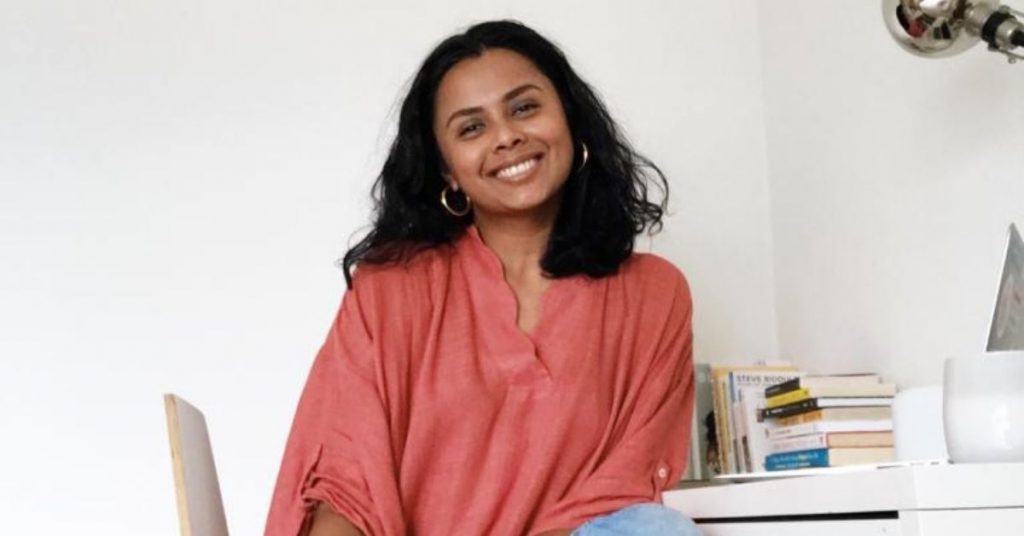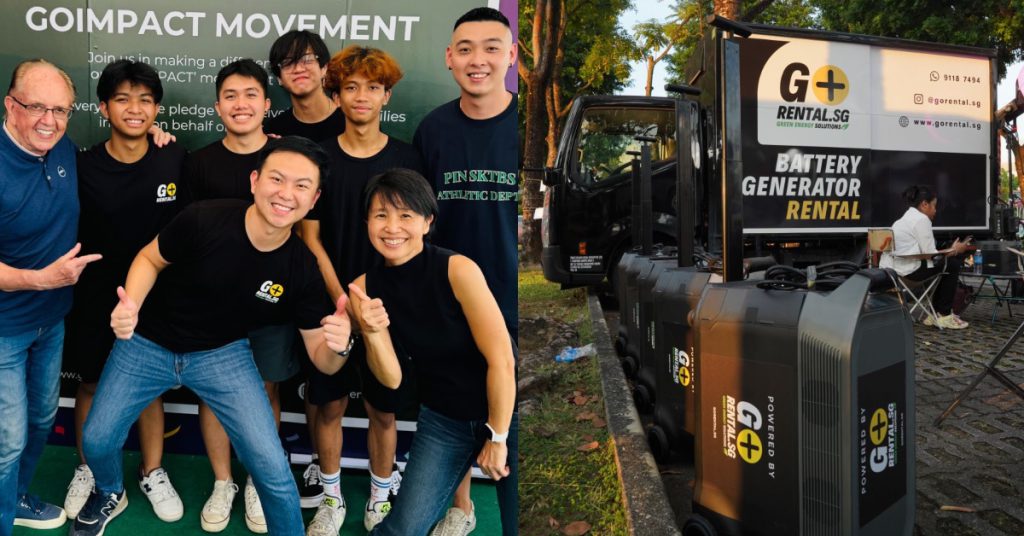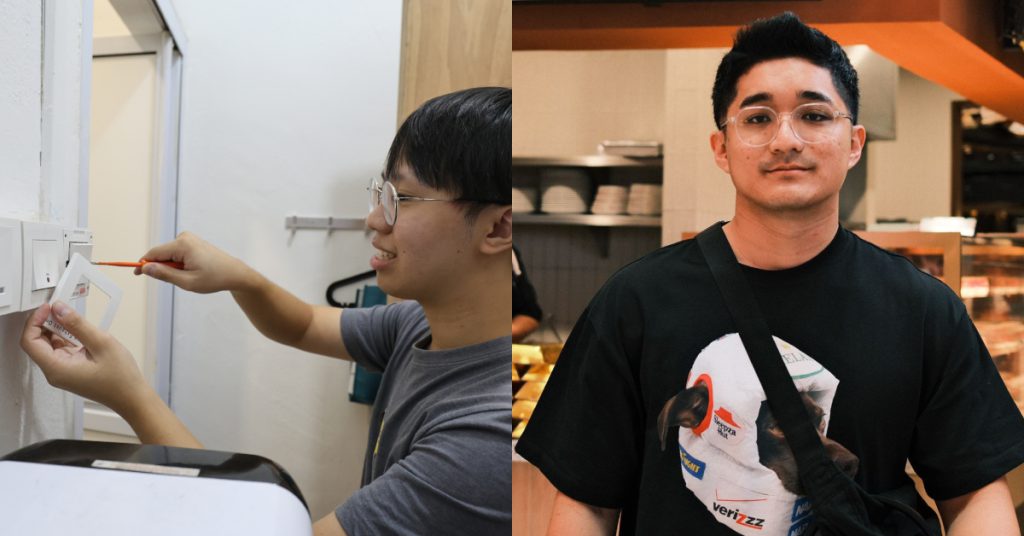Come Raya, Whimsigirl is one household name Malaysians would shop at for festive fits, or, on any other day, for comfortable daily wear too.
The woman behind the brand, Syazana Sukiman, started from scratch with her tailoring and designing career after coming from an architectural background.
Building Whimsigirl into the big, homegrown brand that it is today was a journey that cost her many expensive mistakes, she previously revealed in an article with The Star.
Curious about what she’d learnt, we reached out to Syazana, and she shared some advice that could be useful for (aspiring) founders of local fashion microbrands hoping to grow big.
A self-taught skill
Prior to starting Whimsigirl, Syazana was an unemployed newlywed simply learning new skills at home.
“I had all that free time, I might as well put them to good use. I had all these [designs] and vintage fabrics I’ve collected over the years, so I bought myself a sewing machine for my birthday, bought books, and taught myself how to sew,” she shared.
She made products for friends and family, and gradually, orders started pouring in. Through this, she realised she had been subconsciously doing market research and testing her product viability.
“I followed the demand and listened to the audience. Your products are only valid when there’s a need for [them]. You might think you have a great product but you need a paying customer to make it valid,” she advised.

Not the first iteration of the business
The Whimsigirl we know today has come a long way from its beginnings. Back then, Syazana was making clothes for children, which later caught the attention and demand of their parents who wanted similarly comfortable clothes too.
She started off the company by bootstrapping but took a small loan from MyCreative Ventures as it began growing as a childrenswear brand. In the same The Star article, she mentioned how she went into it without a proper business plan or financial strategy.
So it was in these early years that the brand would make costly mistakes:
1. It entered a market it knew little about.
As a childrenswear brand, Whimsigirl decided to venture into European and US markets without fully understanding their complexities and how wholesale buyers operated there.
“[We] spent quite a bit of time and money with little results in the end,” Syazana recalled, but added, “We quickly realised that [the] B2B/wholesale model is not what we wanted, and pivoted to a DTC model.”
Dictionary Time: DTC stands for Direct-to-Consumer, and it is a business model whereby no middlemen are employed.
Looking back on the experience, she reflected, “We should have definitely researched and sought guidance from more experienced entrepreneurs, but back then our network was limited and we definitely did not know better.”
“I do not think more money could have solved the issue; it was more of a situation where we did not fully understand the intimate details of the market we were trying to capture.”
2. It wasn’t analysing customer data.
When it came to inventory management, the team had no guidance nor data to work with. This meant they would produce either too little or too much at times.
“To find that sweet spot took some time because we had to learn our customers’ purchasing power and build data from scratch,” Syazana said.
3. It was too risk-averse with its products.
“We were so focused and dead-set on only producing 1 type of thing. That, I believe was a mistake and a learning moment for us,” Syazana said.
“That decision came out of fear too like, ‘Do we have the resources to explore different product verticals, if things don’t do well will it affect us, are we experienced enough, are we financially, emotionally and physically equipped?'”.
Then they realised that they were simply overthinking, self-sabotaging, and making excuses. It’s something they’ve now overcome. Instead, Whimsigirl has learnt to be more strategic and open to taking calculated risks.
Lessons learnt from mistakes made
“We were almost back to square one with the mistakes we made with the money,” Syazana admitted as she retold Whimsigirl’s journey.
Not only were they not making sales, but they were also burning through cash reserves too. Simultaneously, the already small team lost key personnel.
“Coincidently, I had my second son at the time, so we decided to take a few months off from work and really reflected what we wanted to achieve as a business and redefined our goals and values,” Syazana recollected.

After the time off, they settled on the decision to pivot to designing for women more, and relaunched the brand—bringing us to the Whimsigirl that we know today. They’ve been profitable ever since, Syazana proudly shared.
Despite it all, she maintains a positive outlook on these past mistakes. “At the end of the day, as costly as they were, I appreciate all the mistakes we’ve made. We’re better entrepreneurs for it.”
“They’ve now become tools to help us manage crises better. I’m sure we’ll make more mistakes in the future, but we’ll tackle them head on, one crisis at a time.”
One such example was during Hari Raya in 2020, when they were quick enough to reschedule some of their production and deliveries timeline. With this, they were able to brave the storm. They also made sure to readjust and lower their targets last year, but overall still achieved a good year in their records.
Advice backed by experience

“Most designers can get too attached to their art, which is important, but this hinders them [in seeing] how their decisions affect the business,” she shared.
“You have to be clear that some decisions are made for passion, and some are made for business. Know the pros and cons of each and try to get the best of both if you can,” Syazana advised.
And of course, take smarter risks. Syazana does, and thankfully added, “We are in a position to experiment a little more as the company stabilises. Our thought process now is to test out many different things at a smaller scale and see what we should put our focus on.”
“It’s okay to make mistakes as long as we learn and grow from them.”
Featured Image Credit: Syazana Sukiman, founder of Whimsigirl












